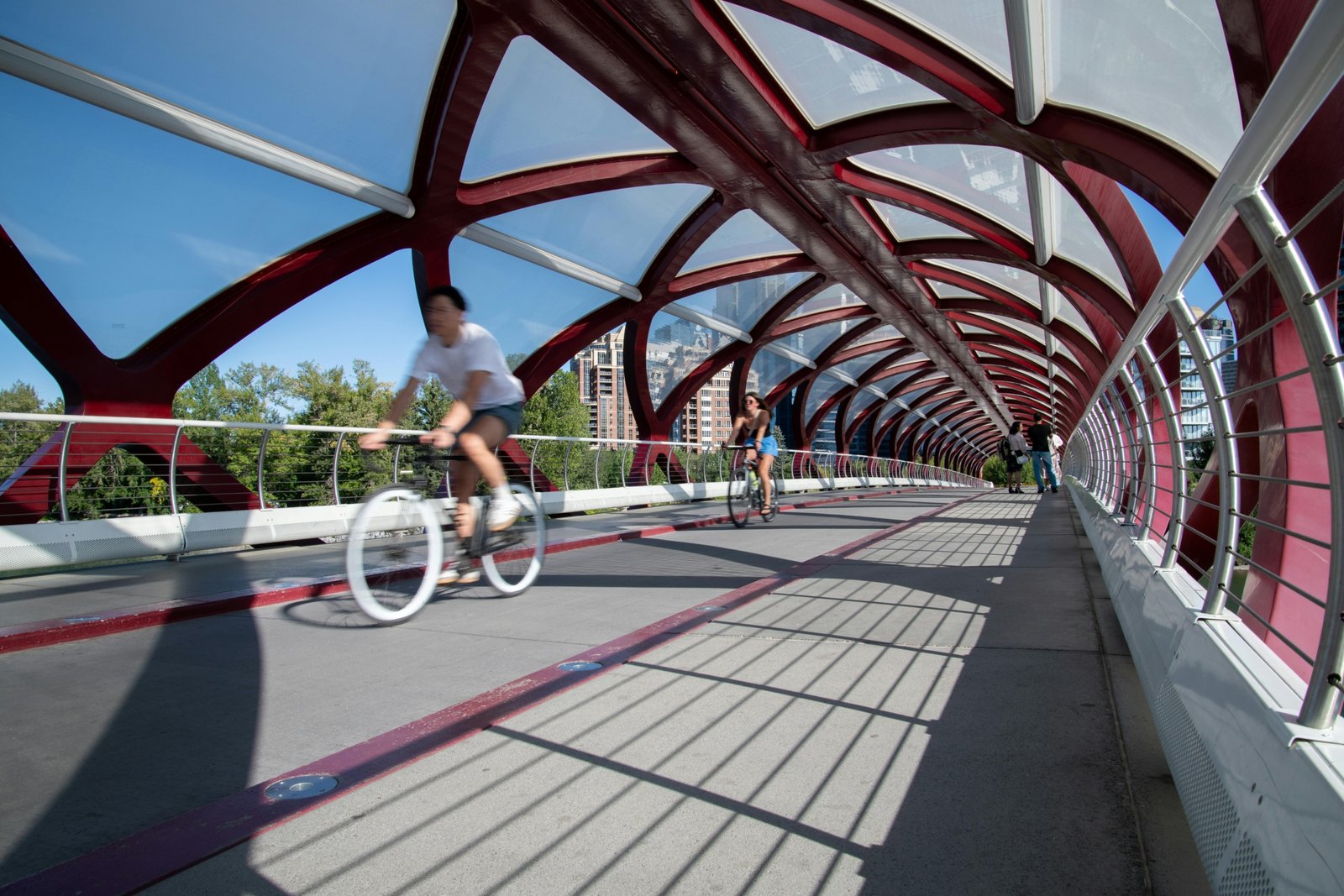The Ultimate Guide to Choosing a Bicycle Travel Case
Taking your bike on an adventure is an amazing experience. However, the thought of it getting damaged in transit can be a major source of stress. That’s why a high-quality bicycle travel case is an essential piece of gear for any traveling cyclist. It is the best way to ensure your bike arrives at your destination in one piece.
Why Invest in a Quality Bicycle Travel Case?
A dedicated case does more than just hold your bike. First and foremost, it offers superior protection against impacts, scratches, and pressure during handling. Airlines are not always gentle with luggage, and a sturdy case is your bike’s first line of defense.
Furthermore, most airlines have specific policies for transporting bicycles. Using a proper case often simplifies the check-in process. It also helps consolidate everything into one manageable piece of luggage, which can sometimes prevent extra fees. Ultimately, it provides priceless peace of mind.
Types of Bicycle Cases: Hard vs. Soft vs. Hybrid
Choosing the right type of case depends on your priorities, such as protection level, weight, and budget. There are three main categories to consider.
Hard Cases
These offer the maximum level of protection. They typically have a rigid plastic shell that withstands heavy impacts. Consequently, they are a favorite among professional cyclists.
- Pros: Unmatched durability and protection. They are also easily stackable.
- Cons: They are often the heaviest and most expensive option. Storing them can also be difficult due to their size.
Soft Cases (Bike Bags)
Soft cases are lighter and more flexible. They are made from durable fabrics and rely on internal padding and structure for protection. Therefore, they are much easier to store when not in use.
- Pros: Lightweight, generally more affordable, and easy to fold down for storage.
- Cons: Offer less protection against major impacts compared to hard cases.
Hybrid Cases
Hybrid cases aim to provide the best of both worlds. They usually feature a soft-shell exterior with a built-in metal frame or mounting system inside. This design provides significant structural support while keeping the weight down.
- Pros: A great balance of protection and weight. Often very easy to pack.
- Cons: Can be just as expensive as hard cases.
Key Features to Look For in a Bicycle Travel Case
When you compare different models, pay attention to these crucial features. They will make your travel experience much smoother.
- Wheels: High-quality, smooth-rolling wheels are a must for navigating large airports.
- Weight: Every kilogram counts for airline baggage allowances. A lighter case means you can pack more gear without paying extra.
- Compatibility: Always check that the case fits your specific bike size and type (e.g., road, mountain bike, triathlon).
- Padding and Straps: Look for generous internal foam padding and secure straps to hold your frame and wheels in place.
- Handles: Multiple, well-placed handles make lifting and moving the case much easier.
A Quick Guide to Packing Your Bike
Packing your bike correctly is just as important as the case itself. While each case is different, the basic steps are usually the same.
- Begin by giving your bike a good clean.
- Next, you will need to remove the pedals, wheels, and seat post.
- You should also remove or loosen the handlebars and secure them to the frame.
- Use padding for sensitive parts like the derailleur.
- Finally, secure the frame and all components inside the case using the provided straps.
In conclusion, choosing the right bicycle travel case is a critical investment for your cycling adventures. By considering your travel style and protection needs, you can find the perfect case to keep your bike safe. This allows you to focus on the road ahead.



